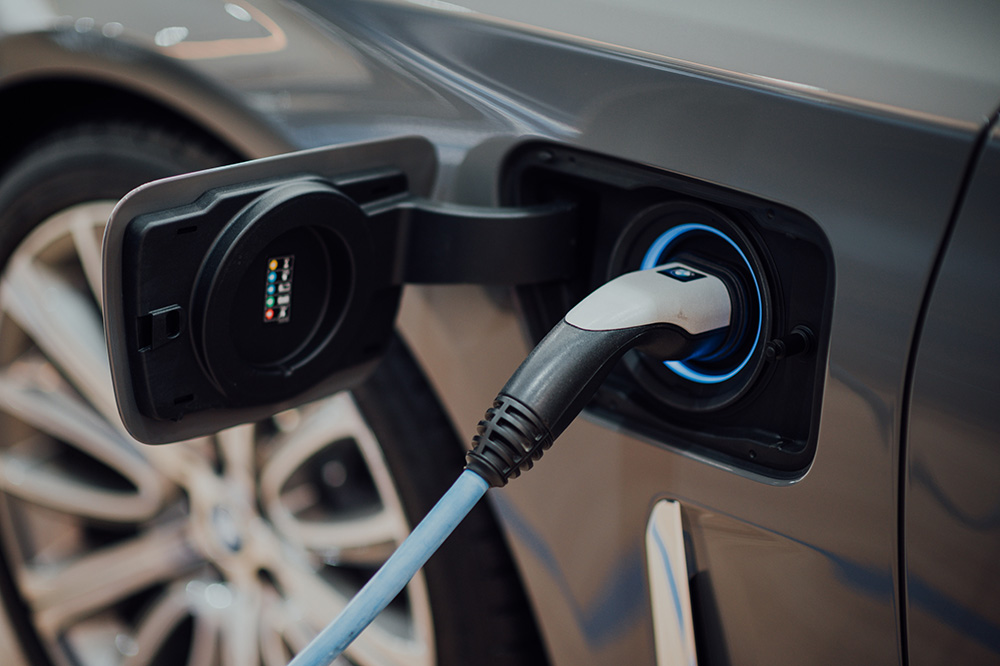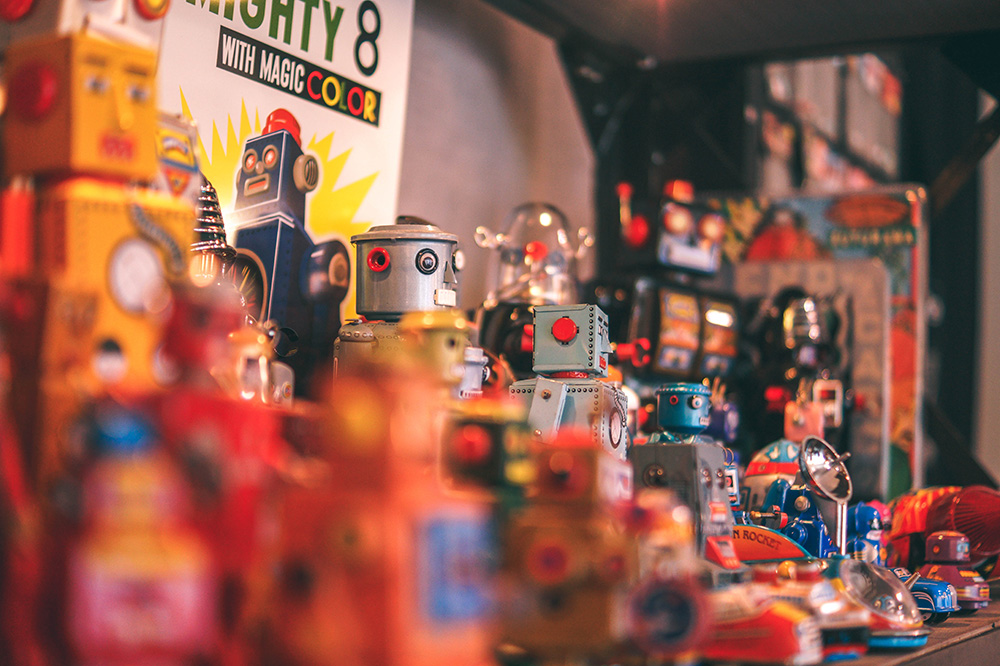According to the Guardian, a chess-playing robot, “apparently unsettled by the quick responses of a seven-year-old boy, unceremoniously grabbed and broke his finger during a match at the Moscow Open” (Guardian, July 24, 2022). That’s a strange formulation, though, because the robot certainly wasn’t unsettled. It simply does not comply with current safety regulations and should never have been used in this form. Sergey Smagin, vice-president of the Russian Chess Federation, even twists things when he says: “There are certain safety rules and the child, apparently, violated them. When he made his move, he did not realise he first had to wait …” (Guardian, July 24, 2022) In such a setting, the robot should follow safety rules rather than the human. In chess, one is focused on the game and highly tense. One should not still have to adjust to the behavior of the cobot. Cobots are useful tools in production and logistics and also in the service area. The models from Kuka, Franka Emika, or F&P Robotics are very safe to operate. The chess robot that was used in Moscow is not at the current technical level.
A Robot Charging Station for the Disabled
According to a media release, Ford has developed a prototype robot charging station that drivers operate via their smartphone from inside their electric vehicle. The technology could enable disabled persons to stay in the Ford (or another car) while charging, or they could leave the vehicle while the robot completes the task. Disabled drivers, the company says, have already identified ease of charging as a key purchase consideration for electric vehicles. The robot charging station is tested as part of a research project to develop hands-free charging solutions for electric vehicles and fully automatic charging for autonomous vehicles. “Following initial lab testing, Ford researchers are now putting the robot charging station to the test in real-life situations. Once activated, the station cover slides open and the charging arm extends towards the inlet with the help of a tiny camera. For the trial, drivers were able to monitor the charge status via the FordPass app. After charging, the arm retracts back into place.” (Ford Media Release, July 20, 2022) More information is available via the Ford Media Center.
Robots in Law and Policing
Robophilosophy 2022 at the University of Helsinki is the fifth event in the biennial Robophilosophy Conference Series. It “will explore the societal significance of social robots for the future of social institutions with its usual broad scope, embracing both theoretical and practical angles” (CfP Robophilosophy). It “is an invitation to philosophers and other SSH researchers, as well as researchers in social robotics and HRI, to investigate from interdisciplinarily informed perspectives whether and how social robotics as an interdisciplinary endeavour can contribute to the ability of our institutions to perform their functions in society” (CfP Robophilosophy). Social institutions include retirement and nursing homes, strip clubs and brothels, monasteries and seminaries, and police departments. Oliver Bendel (School of Business FHNW) will have the opportunity to present his paper entitled “Robots in Policing” in session 1, “Robots in Law and Policing”. Cindy Friedman (“Granting Negative Rights to Humanoid Robots”) and Jakob Stenseke (“The Use and Abuse of Normative Ethics for Moral Machines”) will speak after him. In addition, a poster by Katharina Kühne and Melinda Mende (University of Potsdam) as well als Oliver Bendel entitled “Tamagotchi on our couch: Are social robots perceived as pets?” was accepted. The full program is now available online.
Robots Dancing Like Bees
Robot-robot communication and interaction usually takes place via networks. Spoken language can also be used. In certain situations, however, these methods reach their limits. For example, during a rescue operation in disaster areas, communication via radio signals might not be possible. With this in mind, Kaustubh Joshi from the University of Maryland and Abhra Roy Chowdhury from the Indian Institute of Science (IISc) have developed an alternative approach. Their paper states: “This research presents a novel bio-inspired framework for two robots interacting together for a cooperative package delivery task with a human-in the-loop. It contributes to eliminating the need for network-based robot-robot interaction in constrained environments. An individual robot is instructed to move in specific shapes with a particular orientation at a certain speed for the other robot to infer using object detection (custom YOLOv4) and depth perception. The shape is identified by calculating the area occupied by the detected polygonal route. A metric for the area’s extent is calculated and empirically used to assign regions for specific shapes and gives an overall accuracy of 93.3% in simulations and 90% in a physical setup. Additionally, gestures are analyzed for their accuracy of intended direction, distance, and the target coordinates in the map. The system gives an average positional RMSE of 0.349 in simulation and 0.461 in a physical experiment.” (Abstract) The way of interaction and communication is reminiscent of the bee dance – and indeed this served as a model. The paper can be accessed via www.frontiersin.org/articles/10.3389/frobt.2022.915884/full.
About Manipulative Robots in Retail
On June 30, 2022, the paper “Should Social Robots in Retail Manipulate Customers?” by Oliver Bendel and Liliana Margarida Dos Santos Alves was published on arxiv.org. It was presented at the AAAI 2022 Spring Symposium “How Fair is Fair? Achieving Wellbeing AI” at Stanford University and came in third place in the Best Presentation Awards. From the abstract: “Against the backdrop of structural changes in the retail trade, social robots have found their way into retail stores and shopping malls in order to attract, welcome, and greet customers; to inform them, advise them, and persuade them to make a purchase. Salespeople often have a broad knowledge of their product and rely on offering competent and honest advice, whether it be on shoes, clothing, or kitchen appliances. However, some frequently use sales tricks to secure purchases. The question arises of how consulting and sales robots should “behave”. Should they behave like human advisors and salespeople, i.e., occasionally manipulate customers? Or should they be more honest and reliable than us? This article tries to answer these questions. After explaining the basics, it evaluates a study in this context and gives recommendations for companies that want to use consulting and sales robots. Ultimately, fair, honest, and trustworthy robots in retail are a win-win situation for all concerned.” The paper will additionally be published in the proceedings volume of the symposium by the end of summer. It can be downloaded via arxiv.org/abs/2206.14571.




